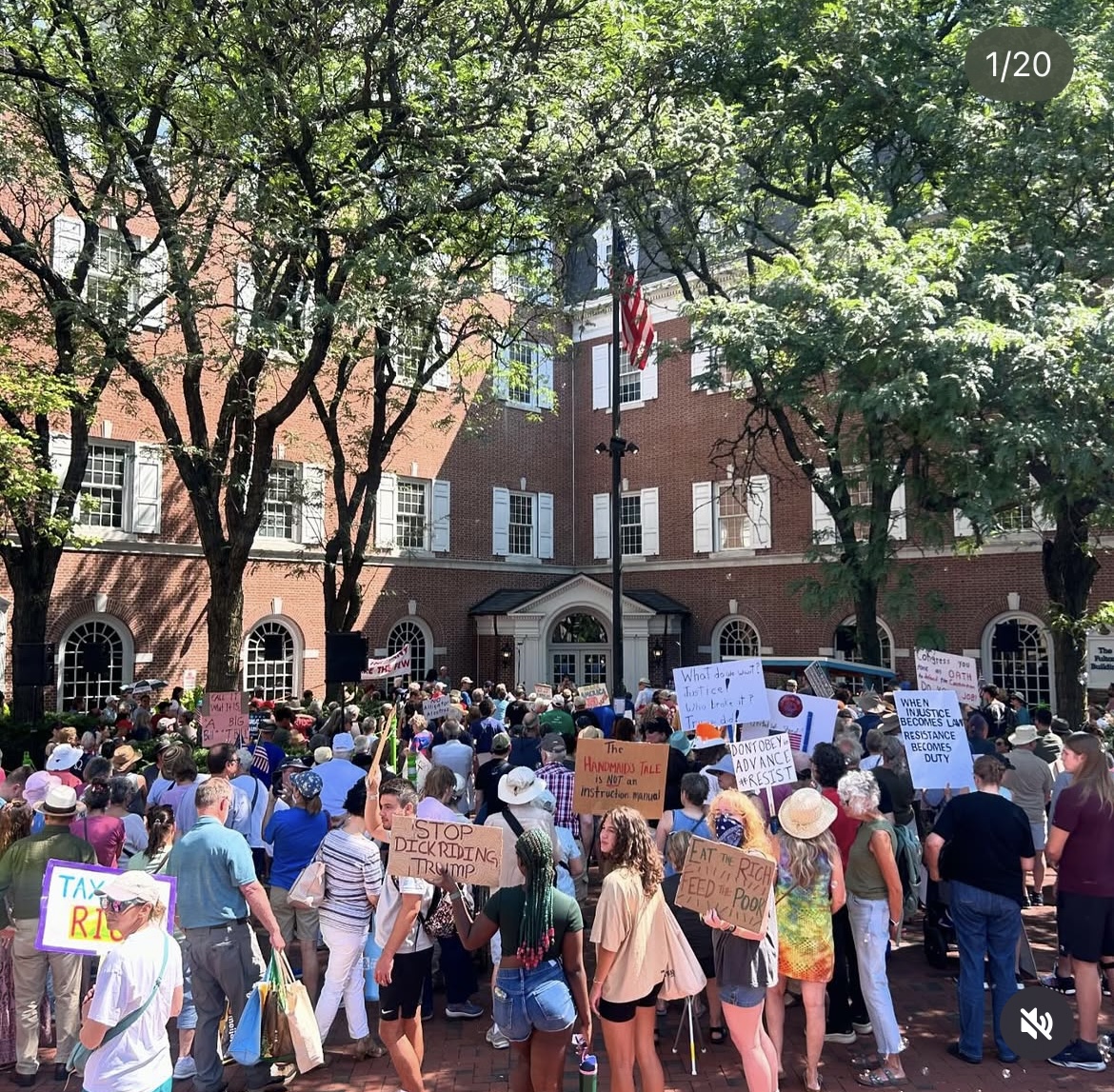(SAN FRANCISCO, Calif.) – Over the past five years, San Francisco became the cover girl for big city decline with homeless encampments, open drug markets, flash mob shoplifters, smash-and-grab thefts and Asian hate crimes. Downtown streets emptied as corporations like Charles Schwab and X left the city and stores like Nordstrom shuttered their doors.
“I’ve been here 24 years and never seen sideshows until the pandemic. Same with smash ‘n grabs. I’m over it,” commented San Francisco resident Lisa Tarplay on the popular neighborhood social media platform Nextdoor.
Then, as if straight out of The Grinch Who Stole Christmas, San Franciscans emerged from the pandemic and started organizing. Dozens of neighborhood groups like ConnectedSF and Stop Crime SF blossomed into a groundswell of citizen activists determined to roll back a progressive approach to crime from pre-pandemic years.
The grassroots effort began yielding results. The turnaround began in June 2022, when voters recalled San Francisco District Attorney Chesa Boudin, viewed as soft on crime. Police got the go-ahead to engage in vehicle pursuits again and use smart technology like drones and redlight cameras to catch criminals. In July, the city got an assist from the US Supreme Court ruling that permitted local governments to remove homeless encampments if they could offer the individuals a shelter bed. They also passed a measure requiring adults under 65 on public assistance to test weekly for illegal drugs or lose their stipend which, proponents argued, attracted and subsidized “drug tourism.”
The culmination of these citizen efforts came last November in an about-face for this navy-blue Democratic city. Almost 70 percent of San Franciscans voted to pass California Proposition 36 which toughens penalties for many crimes, reversing a 2014 vote that did the opposite, reducing some felonies to misdemeanors.
“This measure is a critical step in tackling the root causes of crime,” said Karina Velasquez, president of Stop Crime SF who believes with Prop 36 they are going to restore the city’s vibrancy and well-being.
With this new proposition, organized thefts by three or more people as well as third convictions for drug possession or theft under $950 can once again be charged as felonies. Felony charges can also be brought against dealers trafficking fentanyl, heroin, cocaine and meth. If a drug sale results in the death of a customer, the dealer can be charged with murder. Additionally, if the crime is committed by a drug addict, judges can offer the individual the choice between prison time or mandated drug treatment with the opportunity to have the felony charge expunged.
“With Prop 36, we’re talking about repeat offenders,” says Tom Wolf, a former addict and recovery advocate who advises RescueSF. “The same people are going to be coming through the system. So the third conviction is going to be like, ‘Well, now we can hit you with a felony, bro. But, you know what? You can end all of this, and we’ll drop the felony, if you agree to go to drug treatment.’”
Though it will take a while for these repeat offenders to cycle through the system and for the city to see the results of Prop 36, there are some indications that the city is on the upswing. Violent crime is down 14 percent, and property crime is down 34 percent compared to last year according to San Francisco Police Department data. People are returning to the city. Companies, like OpenAI, are signing downtown leases again, and hotel occupancy rates are back up to 70 percent according to SF Travel. People are even dancing in the streets in the city’s new Entertainment Zones celebrating Oktoberfest or First Thursdays among other events initiated to revive downtown businesses. In November, San Franciscans also elected a new mayor, billionaire Daniel Lurie, who ran as a City Hall outsider who wants to shake things up.
However, the fabled City by the Bay has yet to regain its Conde Nast crown as the #1 best US city to visit, a title it held for almost two decades. Lurie faces an $800 million plus deficit, the police force remains short of 500 officers and drug addicts can still be found buckled over in some alleys near City Hall. Still, as Lurie put it during a recent interview: “We are going to counter (the cynicism) with hope and optimism because San Francisco is the greatest city in the world.”






